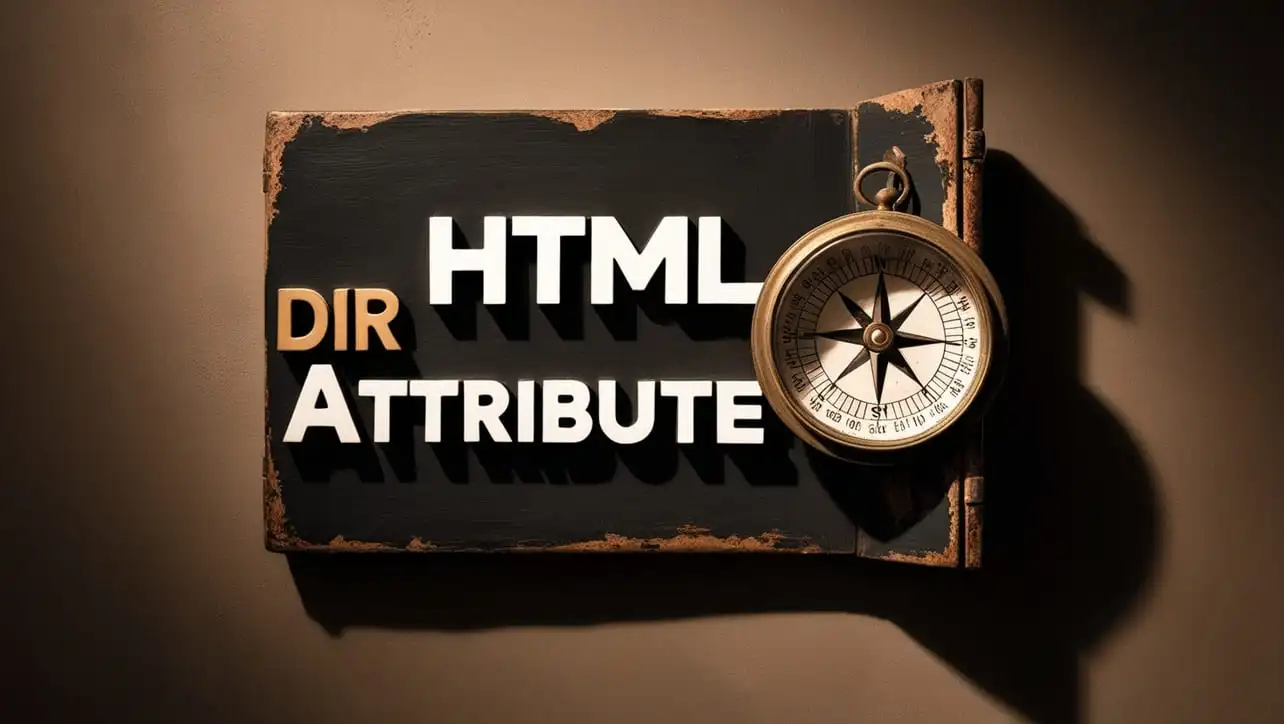
HTML Basic
HTML Reference
- HTML Tags
- HTML Deprecated Tags
- HTML Events
- HTML Attributes
- accept
- accept-charset
- accesskey
- action
- align
- alt
- as
- async
- autocomplete
- autofocus
- autoplay
- bgcolor
- border
- charset
- checked
- cite
- class
- color
- cols
- colspan
- content
- contenteditable
- controls
- coords
- data
- data-*
- datetime
- default
- defer
- dir
- dirname
- disabled
- download
- draggable
- enctype
- enterkeyhint
- for
- form
- formaction
- headers
- height
- hidden
- high
- href
- hreflang
- http-equiv
- id
- inert
- inputmode
- ismap
- kind
- label
- lang
- list
- loop
- low
- max
- maxlength
- media
- method
- min
- multiple
- muted
- name
- novalidate
- onabort
- onafterprint
- onbeforeprint
- onbeforeunload
- onblur
- oncanplay
- oncanplaythrough
- onchange
- onclick
- oncontextmenu
- oncopy
- oncuechange
- oncut
- ondblclick
- ondrag
- ondragend
- ondragenter
- ondragleave
- ondragover
- ondragstart
- ondrop
- ondurationchange
- onemptied
- onended
- onerror
- onfocus
- onhashchange
- oninput
- oninvalid
- onkeydown
- onkeypress
- onkeyup
- onload
- onloadeddata
- onloadedmetadata
- onloadstart
- onmousedown
- onmousemove
- onmouseout
- onmouseover
- onmouseup
- onmousewheel
- onoffline
- ononline
- onpagehide
- onpageshow
- onpaste
- onpause
- onplay
- onplaying
- onpopstate
- onprogress
- onratechange
- onreset
- onresize
- onscroll
- onsearch
- onseeked
- onseeking
- onselect
- onstalled
- onstorage
- onsubmit
- onsuspend
- ontimeupdate
- ontoggle
- onunload
- onvolumechange
- onwaiting
- onwheel
- open
- optimum
- pattern
- placeholder
- popover
- popovertarget
- popovertargetaction
- poster
- preload
- readonly
- rel
- required
- reversed
- rows
- rowspan
- sandbox
- scope
- selected
- shape
- size
- sizes
- span
- spellcheck
- src
- srcdoc
- srclang
- srcset
- start
- step
- style
- tabindex
- target
- title
- translate
- type
- usemap
- value
- width
- wrap
- HTML Global Attributes
- HTML Status Code
- HTML Language Code
- HTML Country Code
- HTML Charset
- MIME Types
HTML dir Attribute

Photo Credit to CodeToFun
🙋 Introduction
The dir attribute is an essential element in HTML that defines the text direction for the content within a specific HTML element.
This attribute is particularly useful for handling text in languages that are written from right to left (RTL), such as Arabic and Hebrew, as well as left-to-right (LTR) languages like English.
🎯 Purpose of dir
The primary purpose of the dir attribute is to control the text direction within an HTML element.
By default, the text direction is set to LTR. However, with the dir attribute, you can explicitly specify whether the text within an element should flow from left to right or right to left.
💎 Values
The dir attribute accepts two main values:
- ltr: This is the default value, indicating a left-to-right text direction.
- rtl: This value sets a right-to-left text direction for the content within the element.
📄 Example
Let's explore a simple example of how to use the dir attribute in an HTML document:
<p dir="rtl">This paragraph has a right-to-left text direction.</p>
<p dir="ltr">This paragraph has a left-to-right text direction.</p>🧠 How it Works
In this example, the first paragraph has its dir attribute set to "rtl," and the second paragraph has it set to "ltr," explicitly defining the text direction for each.
🔄 Dynamic Values with JavaScript
Just like other HTML attributes, you can dynamically set the dir attribute using JavaScript.
This can be useful when you want to change the text direction based on user interactions or specific conditions. Here's a simple JavaScript example:
<script>
// Dynamically set text direction based on a condition
let element = document.getElementById("dynamicElement");
element.dir = condition ? "rtl" : "ltr";
</script>🧠 How it Works
In this script, the dir attribute of an element with the id dynamicElement is dynamically set based on a certain condition. This flexibility can be valuable when dealing with dynamic content or user preferences.
🏆 Best Practices
- Use the
dirattribute for elements containing text in languages that require a specific text direction. - Apply the
dirattribute at the appropriate level, considering the scope of the text you want to affect. - Test your web pages with different languages and text directions to ensure proper rendering.
🎉 Conclusion
The dir attribute in HTML is a crucial tool for controlling the text direction within specific elements.
By understanding and using this attribute, you can ensure that your web content is correctly displayed for users of different languages and writing systems.
👨💻 Join our Community:
Author

For over eight years, I worked as a full-stack web developer. Now, I have chosen my profession as a full-time blogger at codetofun.com.
Buy me a coffee to make codetofun.com free for everyone.
Buy me a Coffee












If you have any doubts regarding this article (HTML dir Attribute), please comment here. I will help you immediately.